Inside: Check out these 5 super simple ways to help your child develop fine motor skills at home.
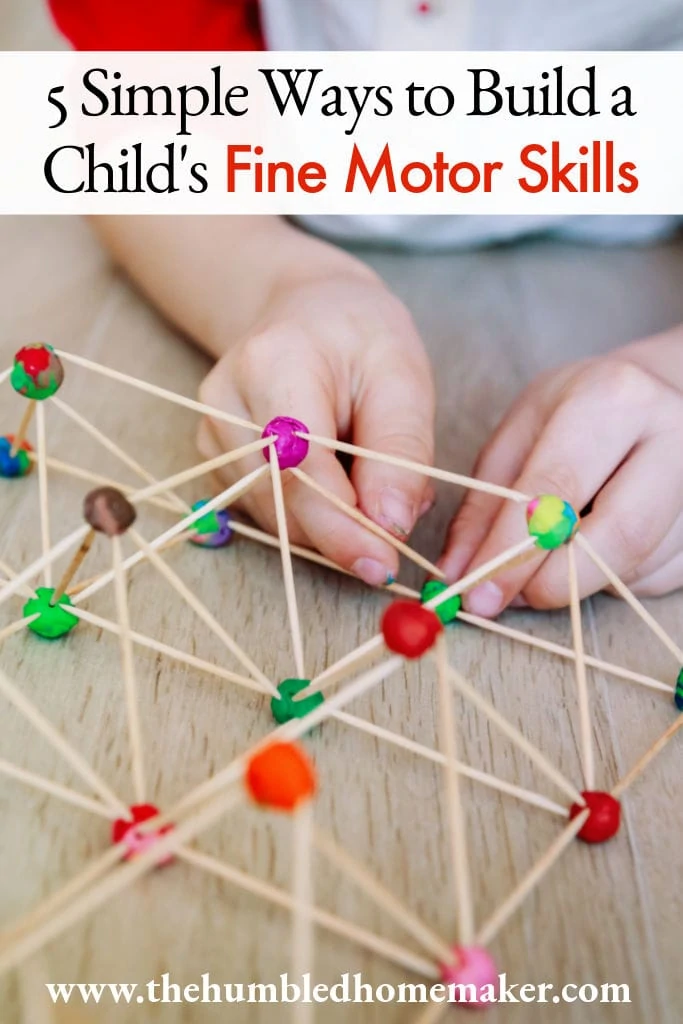
When my son was born in 2017, his doctor diagnosed him with low muscle tone. At the time, I had no idea what that meant.
- Would he ever be able to walk?
- Would his low muscle tone be something that others would notice?
- Would low muscle tone be something he could outgrow?
The pediatrician referred my son to a physical therapist, who worked with him on exercises that would help him later be able to crawl and walk within range for normal development.
I learned that low muscle tone is not something you can “outgrow” but that muscles can be strengthened over time.
Fast forward to when our son started school, and we learned that his low muscle tone is severely affecting his ability to perform academically. After struggling to learn how to write his name, I requested that he be evaluated by both a physical and occupational therapist.
Sure enough, he was more than 50 percent delayed in motor skills. His delay was more severe in fine motor skills, which are required for handwriting, than in large.
We are grateful that our son, in addition to the speech therapy, qualified for both physical and occupational therapy in school after this evaluation. I’ll always say that mothers know their children best. I am so glad I pushed for the extra evaluations even when the school system wasn’t keen on giving them to him.
In addition to the school therapies, we also began seeking to provide our son with more opportunities to strengthen his muscles and work on his motor skills–particularly his fine motor skills–at home.
The following are 5 things we did to help our son build fine motor skills:
5 Ways to Build Fine Motor Skills at Home
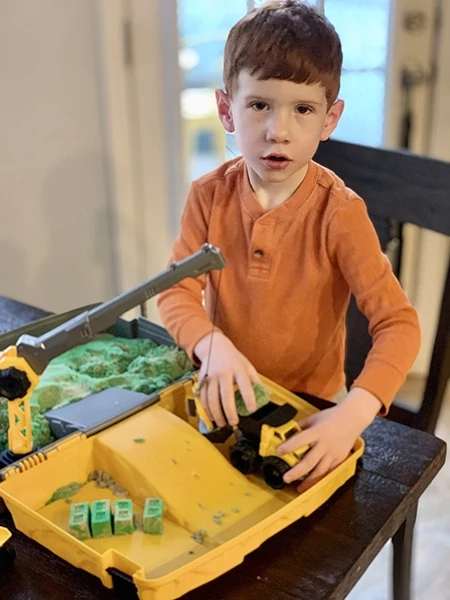
1. Kinetic Sand, Modeling Clay, and Dough
Perhaps these seem like no-brainers for some of you, but since our son is the youngest of four children–and there is an age gap between him and his sisters (the oldest being nearly nine years older than him!), it had been quite some time since we had these materials lying around the house. When we learned of our son’s need to build his fine motor skills, we replenished our very tiny stash of these, and our son couldn’t be happier!
Playing with clay, dough, or sand helps children exercise hand and wrist motor skills while using their creativity in the process. We are especially big fans of kinetic sand, as it is less messy than dough! He especially loved the construction set.
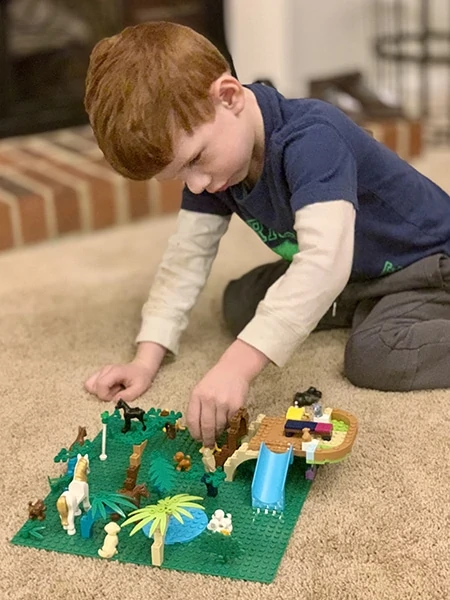
2. LEGO or Other Building Blocks
Stacking blocks or building tiles (on Zulily) are a great way for babies and toddlers to begin expanding their fine motor skills, and as children get older, LEGO or LEGO-like bricks are an excellent way to jog their creativity and strengthen their muscles without them even realizing it!
Our son has grown up with his older sisters loving LEGO so much that we converted our mud room into an entire LEGO room!
He’s been thrilled for to have recently received age-appropriate LEGO sets of his own this past Christmas and for his recent birthday. We are equally excited about watching him grow his skills through this creative type of play.
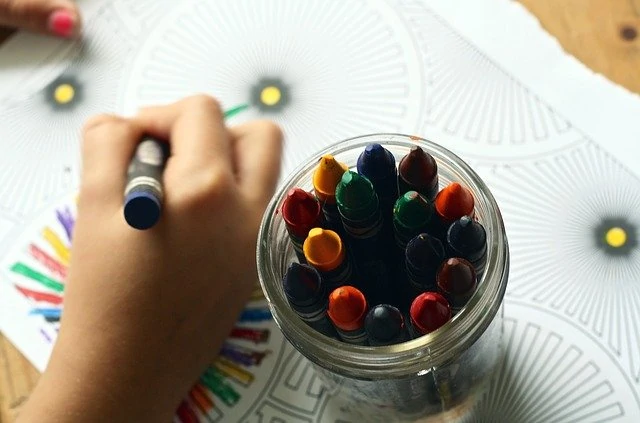
3. Coloring
Again, this one may feel like a no brainer, but there is a reason preschools have children coloring so often: It builds their hand and finger muscles for all of the writing they will do the rest of their schooling careers.
The motion of grasping the crayons and finding the right strokes will aid them in grasping pencils and writing both print and cursive later on.
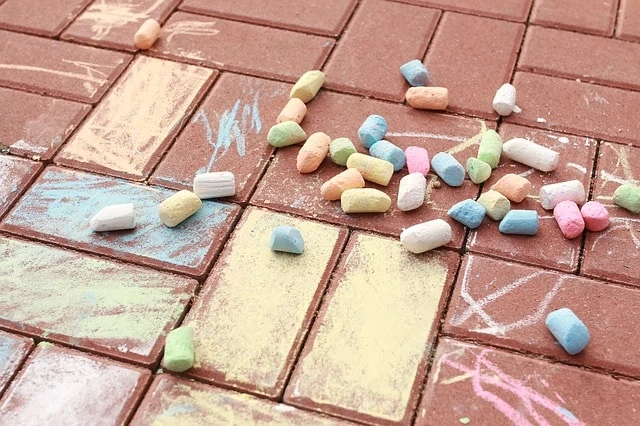
4. Sidewalk Chalk
This one is perfect for spring days outside. Our girls always loved sidewalk chalk. Since they did not have any delays, I admit that I took for granted (and honestly didn’t realize!) that it was helping build fine motor skills.
5. Educational Boxes–KiwiCo is Our Favorite!
Especially since the start of the pandemic, our kids have really gotten into educational boxes. These are perfect to build fine motor skills, and they make it super easy on the parents!
As a busy, work-at-home mom of four, I’ve always found it a challenge coming up with inside activities for my kids to do at home.
My kids get so excited every time they get a KiwiCo box in the mail, and each box provides hours of fun for our kids! The activities in the Koala Crate (ages 2-4) have been perfect for helping our son develop his fine motor skills! The Koala Crate delivers fun hands-on activities to engage the natural curiosity and creativity of preschoolers in play-based learning. This is exactly what he has needed!
Our son recently built a “campfire” with the contents of his Koala Crate. It entailed him tearing tissue paper to make the campfire. This is exactly the type of activity that his teacher told me he needs to be doing at home to strengthen his fine motor skills.
In addition to the campfire, the kit included felt s’mores and hotdogs for him to pretend play roasting them over the the campfire. He was able to put them on a stick and then stack the felt s’more pieces or fold the felt hot dog pieces and add other embellishments like ribbon ketchup and mustard. He loved the pretend play.
He also made a felt bear backpack that allowed him to use sticky felt pieces for the face and ears and pocket. He was able to do most of this on his own with little to no help from me. It was a really good developmental exercise for him.
All of the needed materials were in the box. I didn’t have to provide anything for any of the boxes our kids had. It included everything from sticky felt pieces to batteries to tools.
The Koala Crate also included a full-color, educational magazine about camping to read along with him as we went through the various crafts. It offered fun facts and other interesting stories that he really enjoyed.
KiwiCo isn’t just for little kids, though. All 4 of our children–3 girls and our boy–love working on the activities that come in their boxes!
KiwiCo offers subscription crates for kids (and kids at heart) of all ages and interests:
-
- Panda Crate (ages 0-24 mos) developed in partnership with Seattle Children’s Hospital, each crate helps babies learn by doing what they do best — playing, exploring, and most importantly, interacting with the adults in their lives. Crates arrive every other month and are filled with two-months’ worth of content!
- Koala Crate (ages 2-4) delivers fun hands-on activities to engage the natural curiosity and creativity of preschoolers in play-based learning.
- Kiwi Crate (ages 5-8) delivers young innovators all the materials and inspiration needed for fun hands-on projects that explore art, science, and engineering.
- Atlas Crate (ages 6-11) sparks kids’ sense of adventure and curiosity, inspiring them to see themselves as citizens of the world.
- Yummy Crate (ages 6-14) helps kids discover the science of cooking with recipes and activities that explore hands-on experimentation in and out of the kitchen.
- Doodle Crate (ages 9-13) invites young designers to build creative confidence by experimenting with art & design techniques in monthly hands-on projects.
- Tinker Crate (ages 9-13) helps young innovators to discover and learn about science!
- Eureka Crate (ages 14-100) teaches kids (and kids at heart!) how to apply principles of science and math to engineer solutions and make awesome things they’ll love using every day.
- Maker Crate (ages 14-100) Whether you’re 14 or 104, a first- time crafter or an experienced maker, we’ve designed each crate to include a chance to experiment with a new technique, draw inspiration from real designs, and take pride in a finished project that’s both fun and functional.
KiwiCo’s mission is to provide the next generation of innovators with the tools and a foundation to become creative problem-solvers and critical thinkers.
KiwiCo offers flexible subscription options and pricing starts as low as $17.50/ month. Plus, shipping in the U.S. is FREE for all subscriptions. For one-off purchases, KiwiCo also offers a variety of individual crates for a wide range of ages, price points, and interests at the KiwiCo Store. I love this option because it means that anyone can try KiwiCo boxes at any time without being locked into a subscription.
Each box comes with the tools, materials, and inspiration to explore that month’s project.
[cotent_box] Want to get a HUGE discount off your first KiwiCo box? Use code LEARN30 to get a whopping 30% off! Check out KiwiCo HERE now. [/content_box]


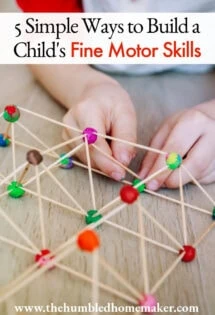

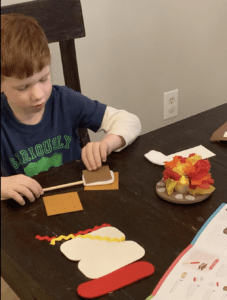
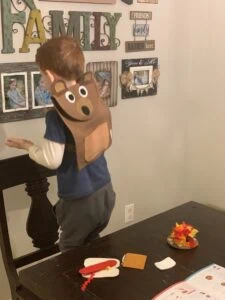
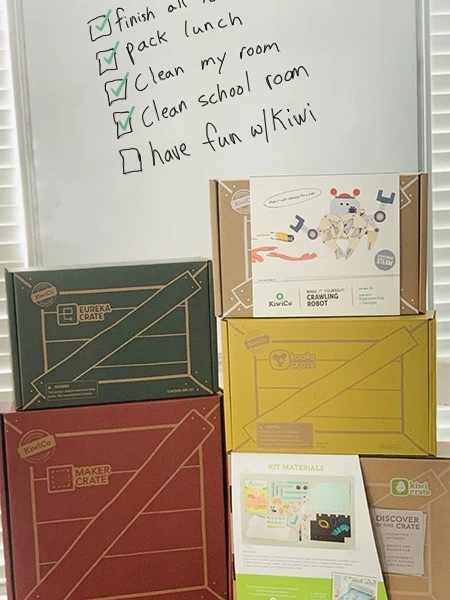


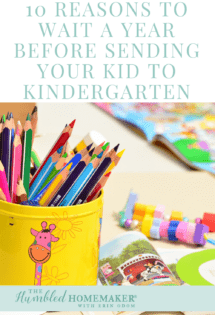

Leave a Comment